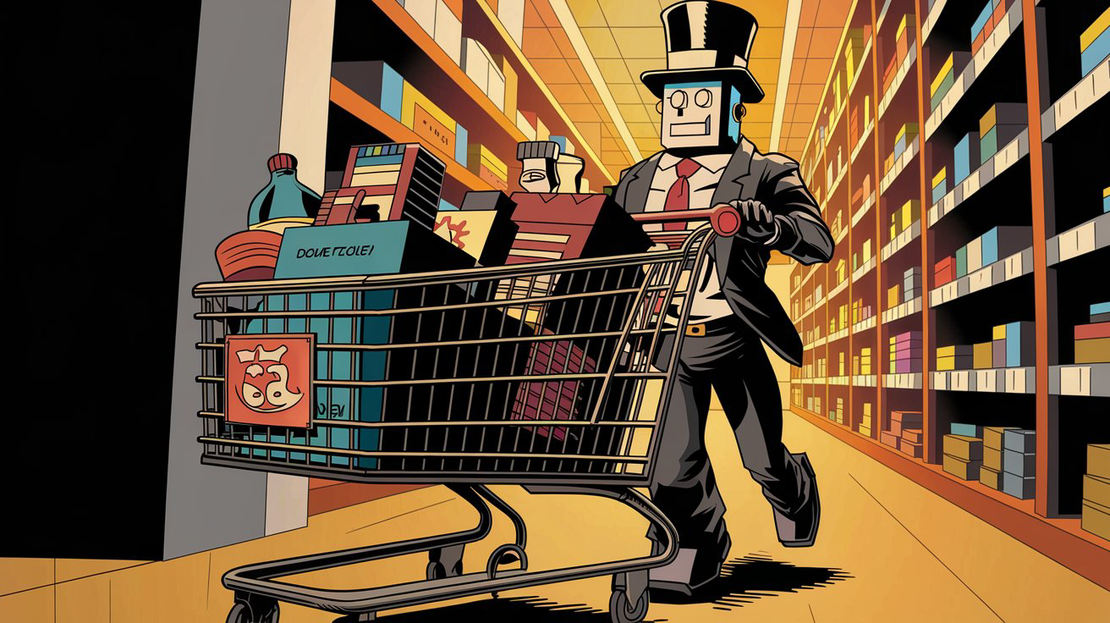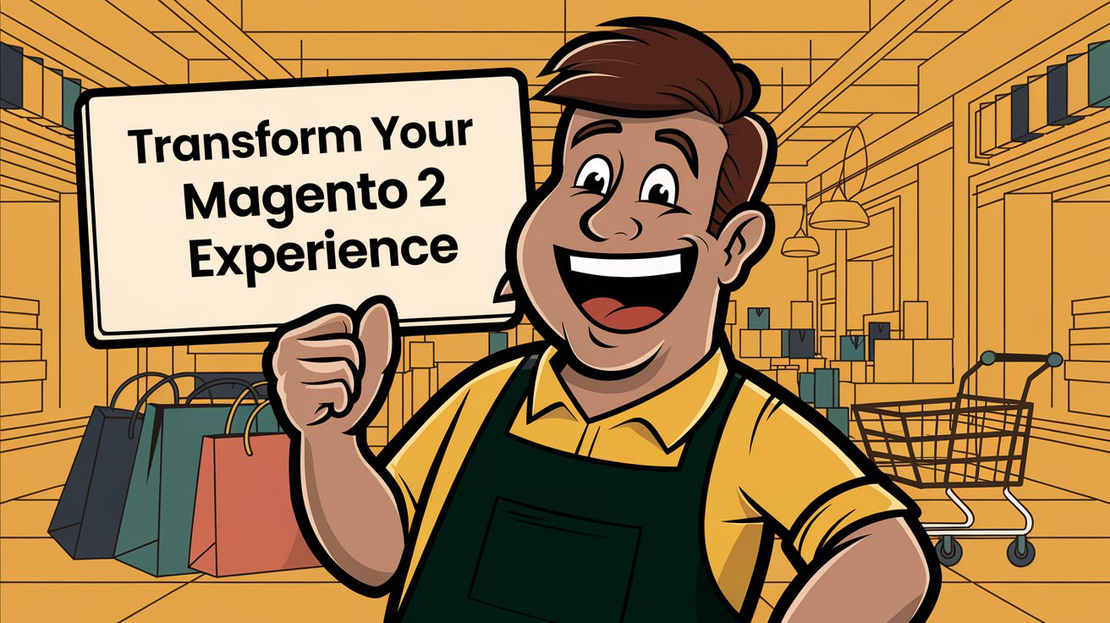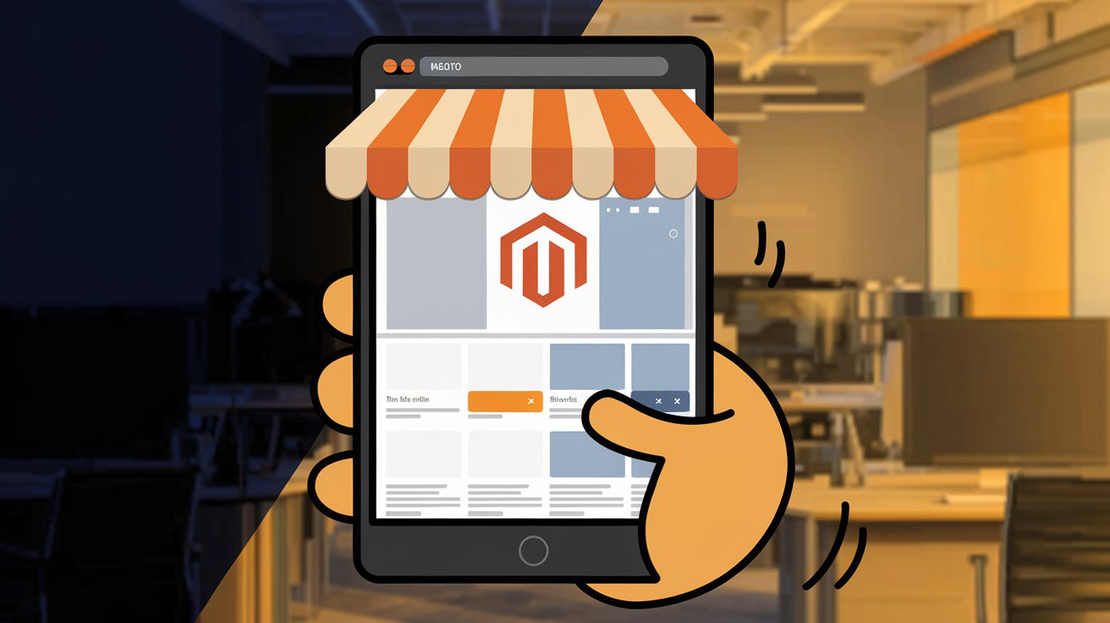
Maximize E-Commerce Growth: Master Information Architecture
- Marta Kaczor
- Design , E commerce , Architecture , It
- December 1, 2024
Table of Contents
Discover how smart information architecture can revolutionize your online store’s performance. This article explores best practices for structuring your e-commerce site to enhance usability and improve customer engagement. Learn to create a seamless shopping experience through effective categorization, search functionality, and user-friendly layouts. We’ll cover practical strategies including optimizing your product listings and implementing filters that make it easy for customers to find exactly what they’re looking for. These insights will empower you to design an online store that keeps customers coming back.
The Significance of Information Architecture in E-Commerce
In the e-commerce world, a well-organized design is essential for creating a smooth shopping experience. It guides customers through their purchasing journey and boosts engagement and satisfaction. A clear layout reduces confusion, making it easy for shoppers to find what they’re looking for. For instance, an intuitive menu that effectively categorizes products can lead to higher conversion rates, as customers are more likely to complete their purchases when they can easily locate desired items.
To enhance this structure, using user research techniques like card sorting can be incredibly helpful. This method involves asking users to organize information based on their understanding and preferences, which reveals how they expect to find products. By aligning the e-commerce site’s layout with real user behavior, businesses can create a more personalized experience that resonates with customers. This approach not only improves usability but also builds trust, as shoppers feel their needs are being prioritized and understood.
Organizing Products for Seamless Navigation
Effective categorization is key to making product discovery smoother, which in turn boosts customer satisfaction. When products are organized logically, customers can easily navigate the site and find what they need without any hassle.
Research shows that companies with clear categorization experience a notable 30% increase in user engagement and conversion rates. This highlights the strong link between how products are grouped and the chances of customers completing their purchases. For instance, an online clothing retailer that organizes items by:
- Style
- Occasion
- Size
can significantly improve the shopping experience, helping customers find their perfect fit with ease.
By focusing on straightforward categorization, businesses not only enhance usability but also build trust with their customers. When shoppers feel understood and see their preferences acknowledged, they’re more likely to return. So, investing time in organizing products isn’t just a backend job; it’s a smart strategy that can lead to loyal customers and higher sales.
Streamlining the Shopping Experience with Enhanced Search Functionality
Integrating advanced search features can truly elevate the shopping experience, making it more efficient and enjoyable for customers.
Research shows that using advanced search tools can increase conversion rates by up to 50%. This boost highlights how important it is to help customers find what they’re looking for quickly and accurately. For instance, an online electronics store that offers predictive search lets shoppers locate specific items, like “wireless headphones,” in just seconds. This not only cuts down on frustration but also increases the chances of making a purchase.
Additionally, adding filters that enable customers to narrow down their searches based on particular product attributes can enhance customer satisfaction by as much as 40%. These attributes might include:
- Size
- Color
- Price
This feature allows shoppers to personalize their browsing experience to fit their unique preferences. For example, a beauty products retailer that provides filters for skin types or ingredients not only simplifies the search process but also helps build a personal connection with the brand.
By focusing on improved search functionality and customizable filters, businesses can create a more engaging shopping atmosphere that resonates with customers, ultimately boosting loyalty and sales.
Enhancing Product Listings for Higher Conversions
High-quality images are crucial for grabbing customer attention, with studies showing they can boost conversions by an impressive 70%. This highlights the need to showcase products with eye-catching photos. For instance, a home decor store that displays vibrant images of its products in beautifully styled settings helps customers imagine how those items would look in their own homes. Such visuals not only draw interest but also motivate potential buyers to make a decision.
Equally important are detailed product descriptions, which can increase purchase rates by 50% by building buyer confidence. A well-crafted description should include:
- Product features
- Benefits
- Potential uses
This information empowers customers to make informed choices. Take a kitchen appliance retailer, for example, that provides comprehensive details about each item, such as dimensions, materials, and care instructions. This level of transparency makes customers feel more secure in their decisions, reducing the chances of returns and boosting overall satisfaction.
By investing in high-quality images and thorough descriptions, businesses can create an engaging online presence that attracts shoppers and builds the confidence needed to complete a purchase. This balanced approach is key to turning casual browsers into committed buyers, ensuring a shopping experience that is both enjoyable and effective.
Summary
In the competitive realm of e-commerce, mastering information architecture is vital for enhancing customer experience and driving conversions. An intuitive layout and clear categorization not only simplify the shopping journey but also foster customer trust and engagement. Implementing user research methods, such as card sorting, allows businesses to align their site structures with genuine user expectations, paving the way for a more personalized shopping experience.
Furthermore, the integration of advanced search functionalities and customizable filters can significantly enhance product discoverability, with evidence showing potential conversion increases of up to 50%. High-quality images and detailed product descriptions are equally crucial, as they serve to captivate customers and instill confidence in their purchasing decisions.
Reflecting on these insights, one might consider: How can user feedback be better integrated into site design? What innovative categorization strategies could be employed to address niche markets? Emphasizing these aspects could lead to a more engaged and loyal customer base, ultimately driving sales growth.
Sources used in the article
Other sources worth checking
- https://emarsys.com/learn/blog/5-customer-engagement-strategies-ecommerce/
- https://www.bigcommerce.com/blog/ecommerce-usability/
- https://www.altexsoft.com/blog/usability-with-sales-in-mind-best-ecommerce-practices-that-drive-conversions/
- https://www.datafeedwatch.com/blog/increase-customer-engagement-ecommerce


